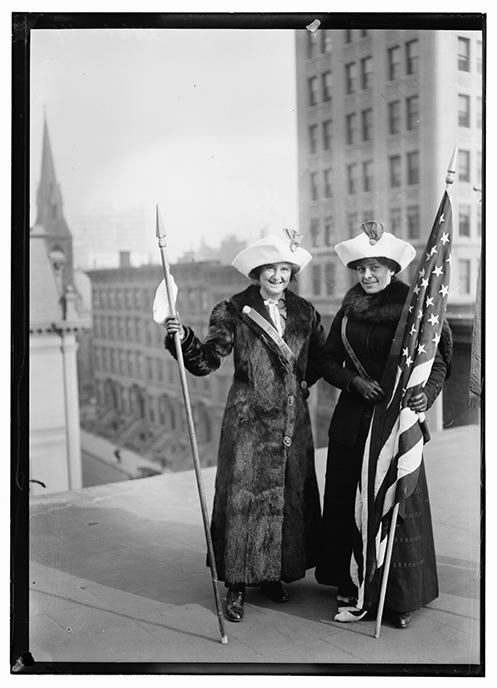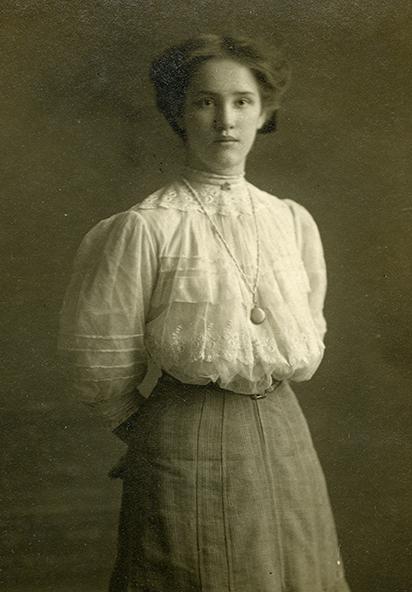She is poised and beautiful. She is intelligent and independent. She is the “New Woman.”
By the turn of the 20th century, a new, ideal model of woman began to emerge in American culture. The product of urbanization and industrialization, this new woman was beginning to take a more active, visible role in the public arena than preceding generations. Schenectady, like many industrial cities in the northeast, flourished during this Progressive Era in America. After the successful foundation of ALCO and General Electric, the city blossomed into a hub of activity, almost tripling in size over the course of a few decades. The “Gilded Age” which marked the United States with rapid industrial growth and social change was mirrored throughout the region. At the forefront of this progressivism were women seeking radical change and autonomy by challenging conventional gender roles.
From an early age, women were taught by their mothers the necessary skills needed to prepare them for a life of domesticity. Confined to specific areas of education and occupation, their spheres of influence were tied to the home and family. Legally and economically, women were dependent on the males in their lives; a woman’s role was in the home, their status a reflection of their family, their successes, their husband’s or father’s. Expressing a desire for autonomy over their own lives was a radical goal, a goal which took decades to realize, and for some, still hasn’t been fully achieved.
For the early 20th century American woman, independence was not simply a matter of legal rights, it also involved physical changes in activity and dress. Moving away from the giant, stiff layers of petticoats in the previous century, skirts became streamlined, taking on a bell shape. The fashionable silhouette was characterized by an S-shape created by the new “health” corset. In response to health concerns of earlier corsets, this new undergarment pushed the bust forward and the hips back in an attempt to avoid pressure on the abdomen. Even though the modern women ventured into jobs, politics, and culture outside the domestic realm, this did not mean traditional feminine qualities of modesty, softness, and poise were abandoned. These ideals were still reflected in her dress which was coservative, graceful, and heavily decorated with flounces and lace, frills and embroidery.


